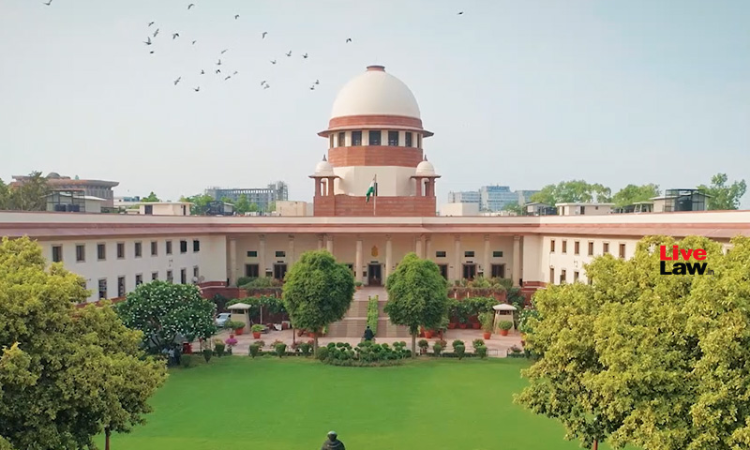Live Classes

The Supreme Court of India is determining if Article 31C still exists. This article protects laws that distribute wealth and resources under Article 39(b) and (c) of the Constitution, following earlier decisions that impacted property laws and raised questions about its ongoing validity.
What is Article 31C?
Article 31C was added to the Indian Constitution in 1971 via the 25th Amendment, primarily in response to the Supreme Court’s decision in the Bank Nationalisation Case. In this case the court had invalidated a government act to nationalize banks due to issues with the compensation offered.
The article shields laws that implement the principles specified in Article 39(b) and (c)—ensuring the distribution of material resources to prevent wealth concentration—from being challenged on the grounds of violating rights to equality and freedoms under Article 14 and Article 19.
Why is the existence of Article 31C in question?
The existence of Article 31C is in question due to its history of amendments and legal challenges. Notably in the Kesavananda Bharati case where parts of it were struck down, affecting its overall standing.
Impact of the Minerva Mills Ruling: In the Minerva Mills case, the Supreme Court limited Parliament’s power to amend the Constitution. This cast doubt on the expansions made to Article 31C under the 42nd Amendment, specifically whether the original version of Article 31C survived these changes.
Current Supreme Court Review :
Currently, the Supreme Court is examining Article 31C to address unresolved constitutional uncertainties. This includes its application in property laws such as the Maharashtra Housing and Area Development Act. The Act uses Article 39(b) to justify the redistribution of cessed properties, making this review crucial for determining the future application of Article 31C in socio-economic legislation.
What are the Arguments in the SC?
When the hearing began, the 9-judge Bench seemed to agree with the Centre’s submission that the case should be restricted to interpreting Article 39(b). However, the very next day, the Bench stated that the question of whether Article 31C still lives following the Minerva Mills decision has to be decided to avoid “constitutional uncertainty”.
Senior Advocate (appearing for the petitioners) argued that the original version of Article 31C was ‘substituted’ with the expanded version provided in the 42nd Amendment. Therefore, when this new Article 31C was struck down in Minerva Mills, the older provision would not automatically be revived.
On the other hand, the Solicitor General (appearing for the Centre) argued that the doctrine of revival must apply in this case, and the post-Kesavananda Bharati position on Article 31C must be restored.
To explain the doctrine and justify its application, he relied on Justice Kurian Joseph’s observations in the case where the court struck down the Constitution (99th) Amendment Act (NJAC). Justice Joseph held that once the process of substitution and insertion by way of a constitutional amendment is itself held to be bad and impermissible, the pre-amended provisions automatically resurface and revive.
Download pdf to Read More